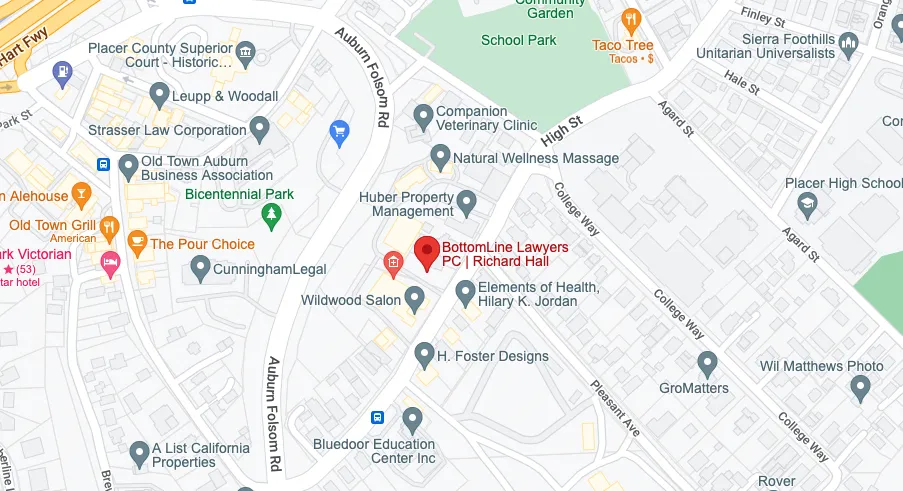Not all debtors qualify for a Chapter 7 filing, so it can be helpful to also learn about Chapter 13. Here are its advantages:
ADVANTAGES
• All property can be retained so long as the terms of the plan are fulfilled
• An unincorporated business may continue to be operated and its debts included in the Chapter 13 plan
• Some types of secured claims can be modified. For example, if $12,000 is owed on a car purchased over 2-½ years ago and now worth $9,000, the amount owed can be reduced to $9,000 and paid off over the life of the plan.
• If a home has multiple mortgages but is worth less than the first mortgage, Chapter 13 will convert the additional mortgages to unsecured debts which don’t have to be repaid in full
• Cosigners are protected by Chapter 13’s automatic stay.
DISADVANTAGES
• A trustee’s commission of roughly 10% of the plan disbursements over the 3 or 5-year life of the plan must be paid
• Attorney’s fees are higher for Chapter 13 than for Chapter 7
• For the life of the reorganization plan, the bankruptcy court will review the debtor’s financial life
• If income or assets increase during the life of the plan, creditors can seek increased payments
• If a payment is missed, the trustee and creditors can seek to dismiss the case and block discharge
• The plan must propose payments to non-priority, unsecured creditors (credit cards, medical bills, lawsuit judgments, etc.) that are at least equal to the value of the debtor’s nonexempt property.
WHAT DEBTS MUST BE REPAID IN CHAPTER 13?
Priority claims are unsecured debts that must be repaid first in Chapter 13. Back taxes incurred in the last three years and child support arrearages owed to a child or ex (not a government agency) are the most common priority debts that must be paid in full.
The Chapter 13 repayment plan must also provide that the debtor will stay current on secured debts that will last longer than the plan (e.g., mortgage). During the life of the plan all arrearages must be paid.
All other secured debt must be paid in full under the plan. Examples are tax liens and car loans.
If the debtor is incapable of paying these mandatory debts during the plan, he or she may have to give up some secured property on which payments are being made. Alternatively, living expenses can be reduced.
WHAT ARE THE MOST COMMON OBJECTIONS TO REPAYMENT PLANS?
• The plan was not proposed in good faith
• The plan is not feasible
• The plan does not commit all the debtor’s projected disposable income
• The debtor do not pay creditors as much as they would receive in a Chapter 7 liquidation
• The plan does not properly treat creditors’ claims according to their priority
Secured creditors might also make minor objections to the plan: the proposed interest rate is too low, the schedule takes too long to pay arrearages, or, if the plan is proposing a cramdown, that the value assigned the collateral is wrong.
WHAT IS CONSIDERED A REASONABLE EXPENSE DURING THE LIFE OF A REPAYMENT PLAN?
The answer varies from debtor to debtor and court to court, but in general luxury items or services are not reasonable. For example, gardening services will be considered a luxury and thus not allowed. Loan payments for a luxury car will be reduced to the level of a standard car. Voluntary contributions to a retirement plan are generally not allowed unless the debtor is approaching retirement age.


